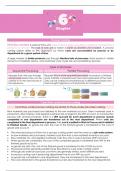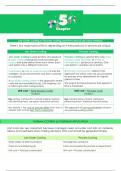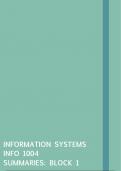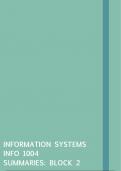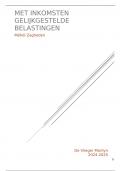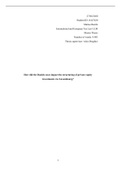Summary
Summary FBS222: Chapter 6
- Institution
- University Of Pretoria (UP)
This is an aesthetic summary of chapter 6 for FBS222 at the University of Pretoria. I used class notes, lecture slides, past papers and other notes to gather the information. This chapter appears in semester test 2, the sick test, and the exam. I made these notes in 2023 but the module doesn't chan...
[Show more]
